Adhesive, more commonly referred to as glue, is any one of multiple substances which, when applied to two surfaces, will bond or seal them and resist separation pressure. From classic craft glue to heavy-duty industrial adhesives, we'll explore the various types available, their properties, and the best applications for each. You'll learn about their bonding strengths, drying times, and how to properly apply them for optimal results.
Different Types of Adhesives
1. Epoxy
Epoxy adhesives are known for their exceptional bonding strength and versatility. They consist of two parts, a resin and a hardener, which need to be mixed together before application. Epoxy adhesives are ideal for bonding materials like metal, glass, ceramic, and many plastics. They provide a strong and durable bond that can withstand harsh conditions and extreme temperatures.

2. Super Glue
Super glue, also known as cyanoacrylate adhesive, is a quick-drying and strong adhesive that bonds almost instantly. It is perfect for small projects that require a fast and precise bond. Super glue is commonly used for bonding materials like plastic, rubber, metal, and ceramics. However, it may not be suitable for porous or flexible materials.

3. Hot Glue
Hot glue, also known as hot melt adhesive, is a versatile adhesive that is applied using a glue gun. It is commonly used for crafts, DIY projects, and home repairs. Hot glue bonds quickly and provides a strong hold. It is suitable for a wide range of materials, including paper, fabric, wood, and plastic. However, it may not be suitable for high-temperature applications.
4. Craft Glue
Craft glue, also known as white glue or school glue, is a water-based adhesive that is commonly used in various craft projects. It is non-toxic, easy to use, and dries clear. Craft glue is suitable for bonding materials like paper, cardboard, fabric, and lightweight materials. It is not recommended for heavy-duty applications or materials exposed to moisture.
5. Wood Glue
Wood glue, also known as carpenter's glue or PVA glue, is specifically formulated for bonding wood. It provides a strong and durable bond that withstands the test of time. Wood glue is available in different varieties, such as standard wood glue, waterproof wood glue, and fast-drying wood glue. It is important to choose the right type of wood glue based on your project requirements.
6. Silicone Adhesive
Silicone adhesives are another strong and versatile glue, used not only for general adhesion as it is resistance to UV light exposure, moisture, varying temperatures, and general weathering.
Factors to Consider When Choosing an Adhesive
Choosing the right adhesive for your project is crucial to ensure a strong and long-lasting bond. Here are some factors to consider:
1. Surface Material
The type of material you are bonding plays a significant role in selecting the appropriate adhesive. Different adhesives have varying compatibility with materials such as wood, metal, plastic, fabric, and ceramics. Make sure to choose an adhesive that is specifically designed for the material you are working with.
2. Bonding Strength
Consider the strength requirements of your project. Some adhesives offer a strong bond suitable for heavy-duty applications, while others are more suitable for lightweight projects. Assess the weight and stress that will be placed on the bond to determine the appropriate adhesive strength.
3. Drying Time
The drying time of an adhesive is essential, especially if you need to work quickly or require a fast bond. Some adhesives dry within seconds, while others may take several hours or even days to fully cure. Take into account the drying time required for your project and choose an adhesive accordingly.
4. Application Method
Consider the application method of the adhesive. Some adhesives come in tubes with a precision nozzle, while others require a separate applicator. Choose an adhesive that offers a convenient and precise application method for your project.
5. Environmental Factors
Take into consideration the environmental conditions your project will be exposed to. Some adhesives are designed to withstand high temperatures, moisture, or UV exposure, making them suitable for outdoor or demanding applications. Ensure that the adhesive you choose can withstand the environmental factors your project will encounter.
Top Adhesive Brands and Products
When it comes to choosing adhesives, there are several reputable brands known for their quality and reliability. Here are some top adhesive brands and their popular products:
1. Gorilla Glue
Gorilla Glue is a well-known brand that offers a wide range of adhesives for various applications. Their products include Gorilla Wood Glue, Gorilla Super Glue, and Gorilla Epoxy. Gorilla Glue is highly regarded for its strength and versatility.
2. Loctite
Loctite is another trusted brand that offers a diverse selection of adhesives. Their product range includes Loctite Cyanoacrylate Super Glue and Loctite Epoxy. Loctite adhesives are known for their reliability and durability.
3. 3M
3M is a renowned brand that produces high-quality adhesives for a wide range of industries. Their product lineup includes 3M Super 77 Multipurpose Adhesive and 3M Scotch-Weld Epoxy Adhesive. 3M adhesives are known for their strength, versatility, and innovative bonding solutions.
Conclusion
Choosing the right adhesive is essential for the success of your projects. By understanding the different types of adhesives available, considering the factors that influence adhesive selection, and following proper application techniques, you can achieve strong and durable bonds.

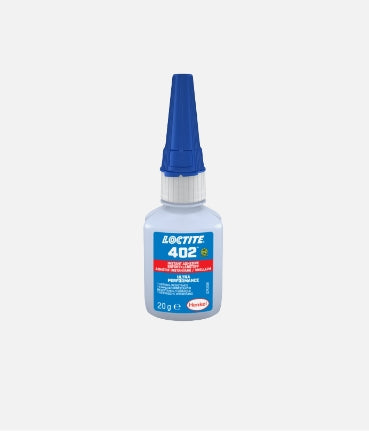
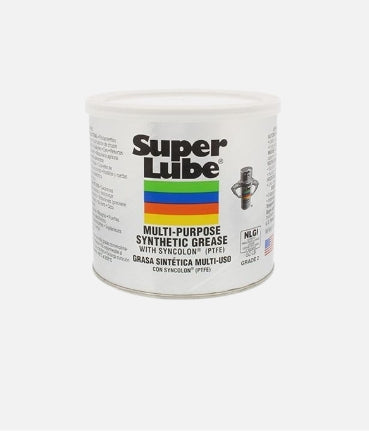
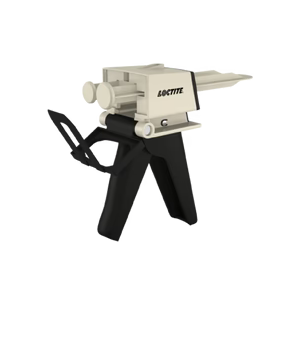
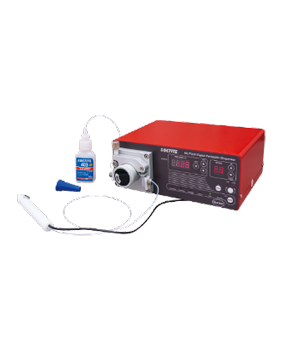
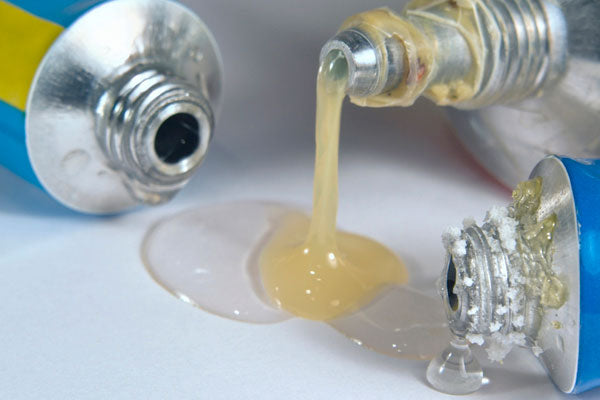

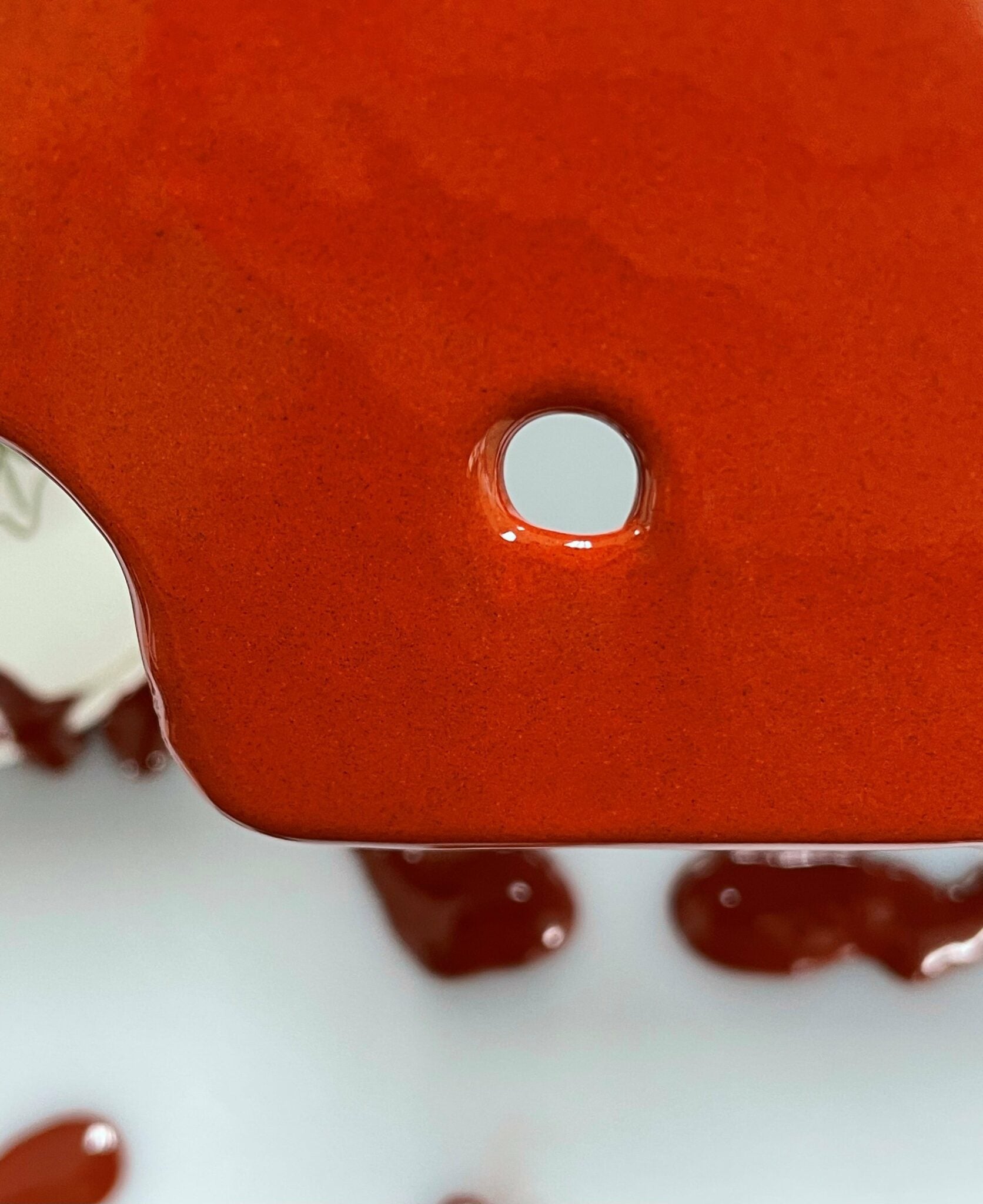
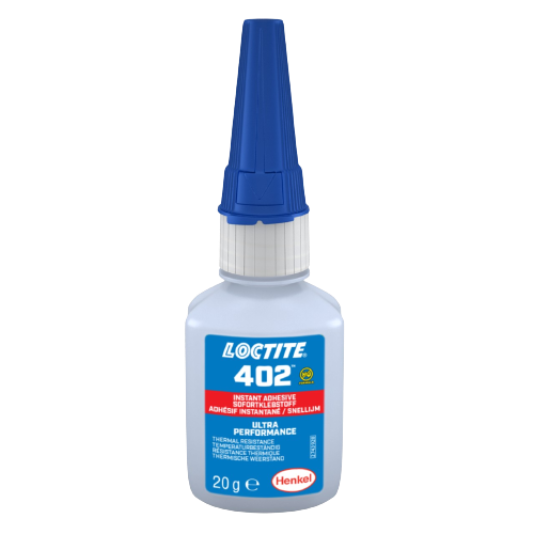
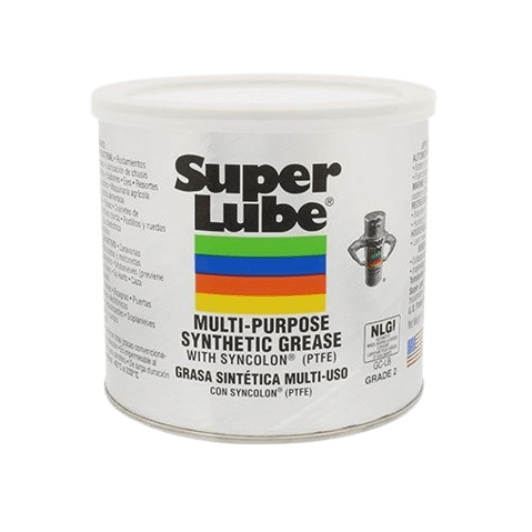
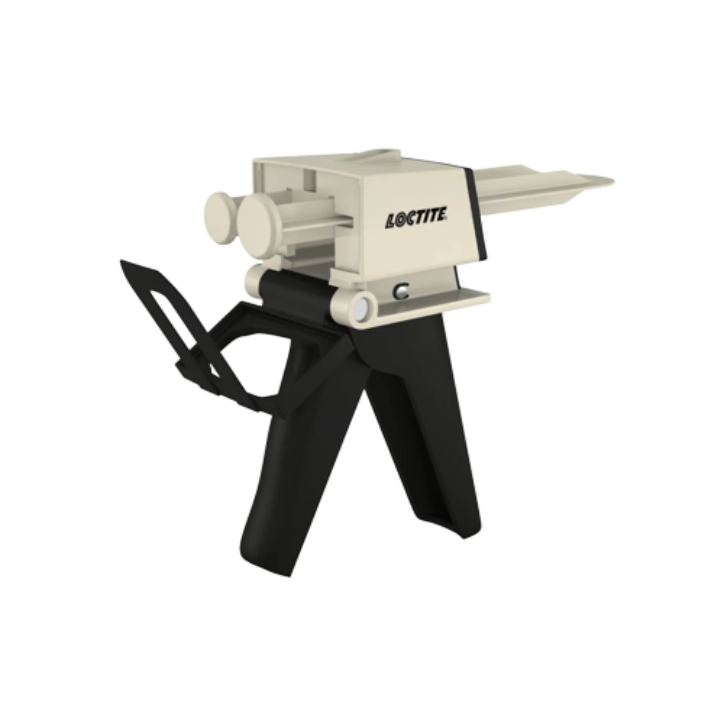
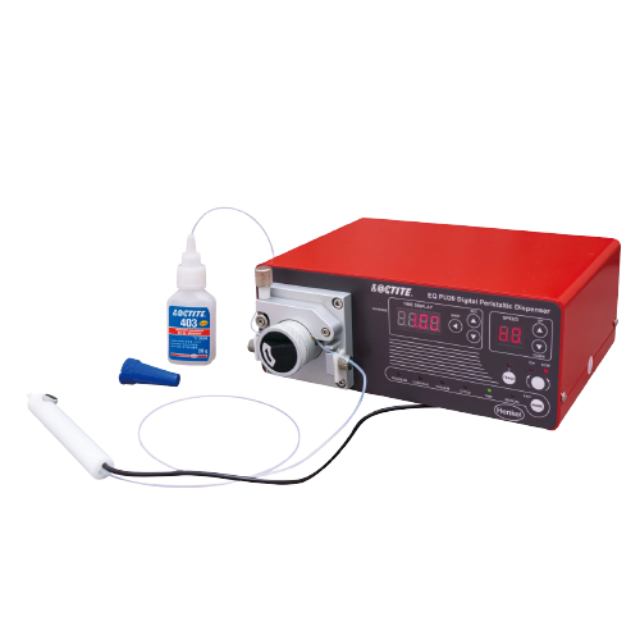
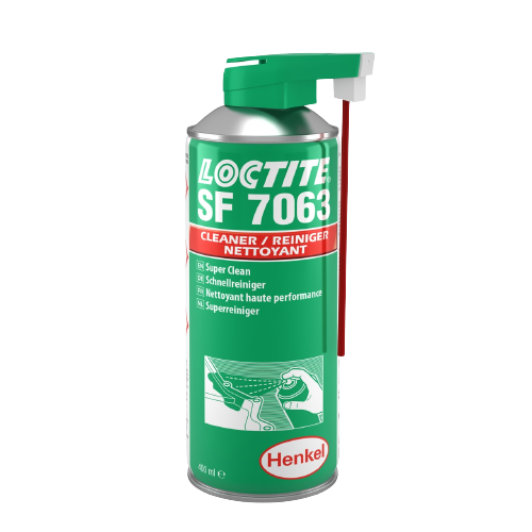
Leave a comment
All comments are moderated before being published.
This site is protected by reCAPTCHA and the Google Privacy Policy and Terms of Service apply.